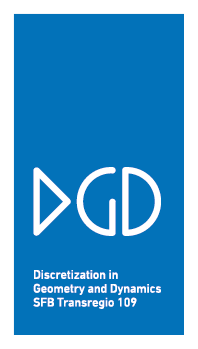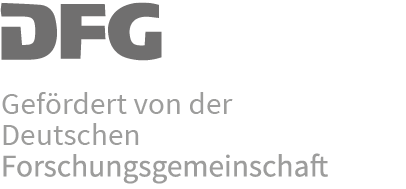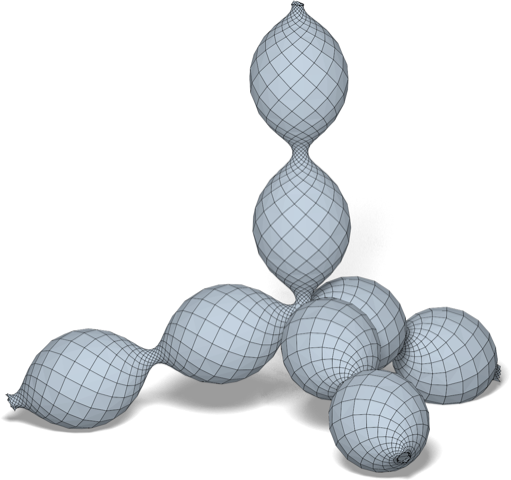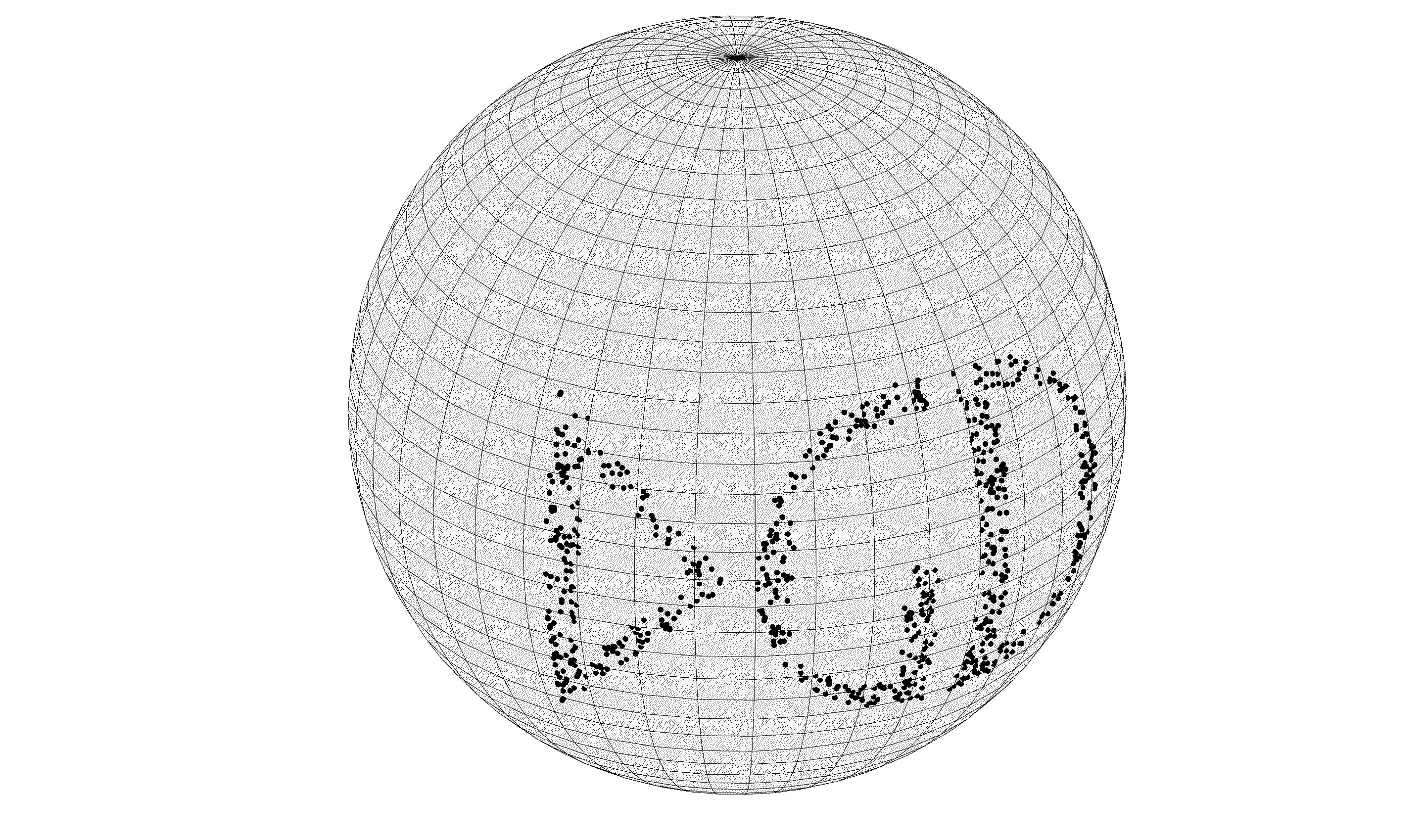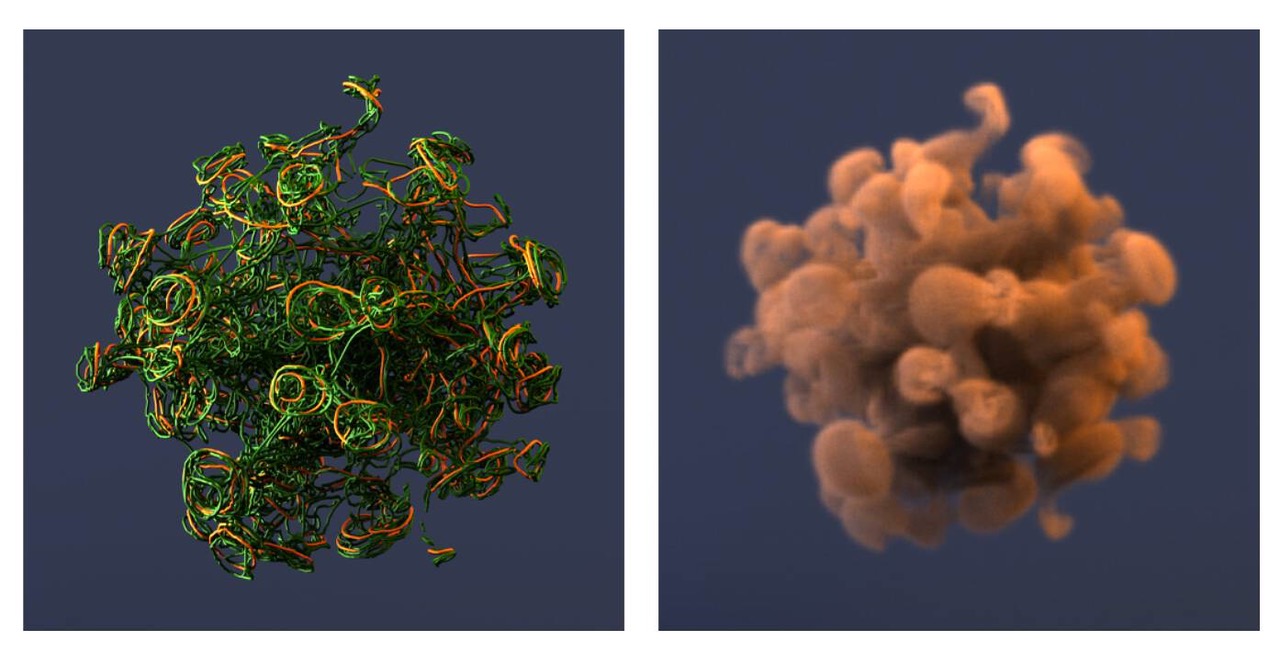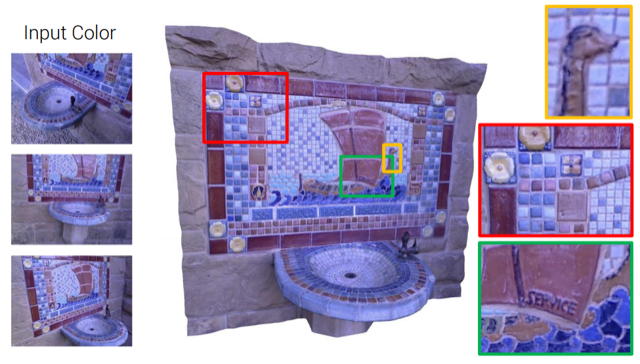Projects
Active Projects of the SFB Transregio 109
C01: Discrete Geometric Structures Motivated by Applications and Architecture
- Geometry Supporting the Realization of Freeform Architecture
- Alexander Bobenko, Helmut Pottmann, Christian Müller
-
Contemporary architecture of large-scale buildings makes it necessary to subdivide large surfaces into smaller segments, the panels. While the building industry, architects and engineers are mainly interested in design aspects, manufacturing and statics, we will systematically investigate the related purely mathematical problems together with computational aspects. In particular we will investigate diagonal parametrizations, ring pattern structures, and discrete structures in sphere geometries.
C02: Digital Representations of Manifold Data
- Felix Krahmer
-
Whenever data is processed using computers, analog-to-digital (A/D) conversion, that is, representing the data using just 0s and 1s, is a crucial ingredient of the procedure. This project will mathematically study approaches to this problem for data with geometric structural constraints.
C04: Persistence and Stability of Geometric Complexes
- Ulrich Bauer, Herbert Edelsbrunner
-
The following more detailed questions are studied within this project: The definition and construction of geometric complexes from data. Topological persistence. The homology of dynamical systems. The convergence of variants of Crofton's formula obtained with persistent homology to compute intrinsic volumes. The approximation of persistent homology through simplification of the representative complexes.
C05: Computational and structural aspects in multi-scale shape interpolation
- Konrad Polthier, Daniel Cremers
-
Shape analysis is of central interest in computer vision and geometry processing. Three major computational and theoretical challenges in shape analysis are the computation of correspondences (shape registration or matching), the definition of similarity measures (metrics in shape space), and the generation of intermediate shapes (shape morphing).
C07: Discretizing fluids into filaments and sheets
- Ulrich Pinkall, Nils Thuerey
-
In many situations important for physics simulation, the relevant fields (like the vorticity of a fluid or the magnetic field of a plasma) exhibit a strong tendency to become concentrated in one-dimensional filaments or two-dimensional sheets. “Decomposing” a given continuous field into its ”constituent” filaments or sheets is important for understanding and visualizing a given field. Moreover, simulation algorithms that take into account the natural tendency of the fields to become "discretized” into filaments or sheets can be highly efficient. We also will use the methods developed in this project to reconstruct velocity fields from video capture of smoke.
C09: Deep learning for shape reconstruction
- Gitta Kutyniok, Daniel Cremers
-
Shape reconstruction is one of the fundamental problems in computer vision. It can be formulated as an inverse problem given a collection of (2D) observations. Deep neural networks excel in these kind of settings, however, they do not work well with many common 3D shape discretizations, e.g. triangular meshes. In this project we will analyze which shape representations and neural network architectures benefit from one another, and develop new algorithms that allow fast, accurate reconstructions using deep learning.

